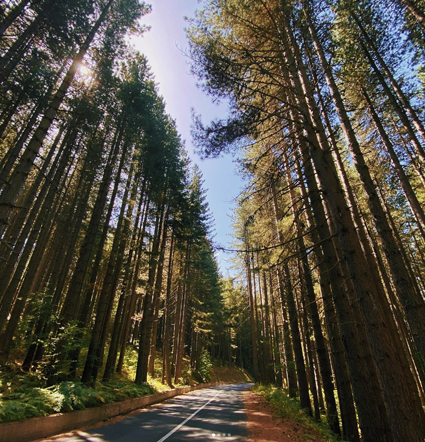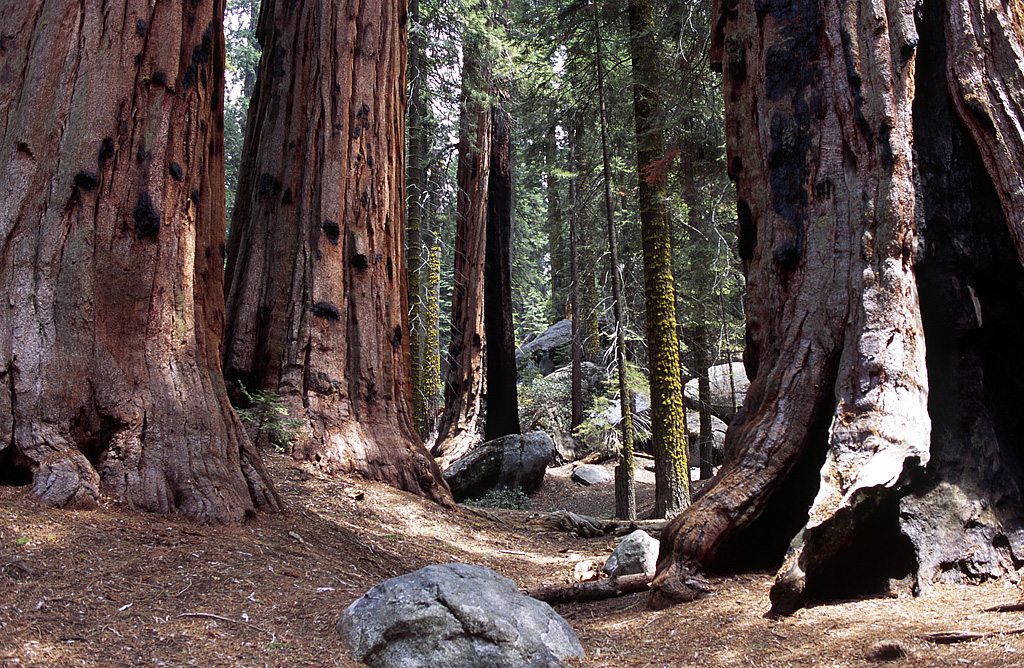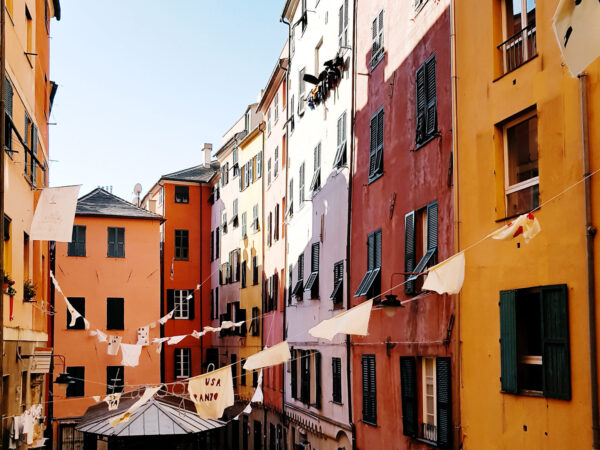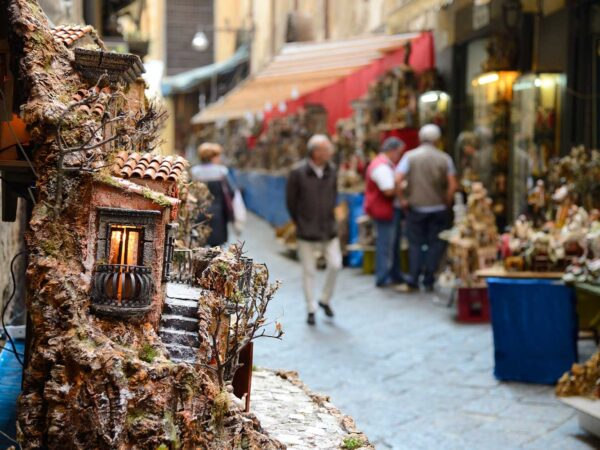
Il Bosco dei Giganti della Sila
“Who plants a tree plants a hope,” goes a verse by the American poet Lucy Larcom, and the Mollo barons have planted many hopes when, in the 1600s, they decided to create one of Italy’s most beautiful monumental forests.
The Giants of Fallistro represent an invaluable natural heritage. This biogenetic reserve primarily houses larch pine trees (there are about sixty specimens), real monuments: imposing and spectacular, they reach up to forty-five meters in height and have a diameter of about two meters at the base. Being in front of these centuries-old wonders is an unforgettable experience; indeed, it is a fundamental stop for those who decide to visit the Sila National Park.
We are in Spezzano della Sila, in a protected natural area, where everything is left to the mercy of nature and its laws. The Giants of Fallistro Reserve (established in 1987) is special because human intervention is limited: nature takes its course, trees are born, grow, and fall without human interference, everything regenerates, following the perfect cycle of life. Since 2016, this centuries-old forest has been managed by FAI – Fondo Ambiente Italiano, a non-profit foundation that is committed to enhancing, protecting, and safeguarding Italy’s natural and cultural heritage.
Visiting these green giants is done in the company of specialized guides, and the FAI manager, Simona Lo Bianco, who reveals the secrets of each tree, especially the oldest ones (some of which are up to 350 years old). Their sight arouses curiosity and amazement: you can spot several details such as a huge fallen larch pine, affectionately renamed “pinosaurus,” for its shape reminiscent of an old dinosaur. Or cavities dug into the trunks, where you can enter as if they were small caves, signs left by “slupatura,” a practice that allowed the collection of resin, used in the past in cosmetics and to fuel torches.
Not only flora but also fauna, in fact, with a bit of luck, you can meet among the trees the Calabrian black squirrel (Sciurus Meridionalis), a native species of Calabria and Basilicata. This forest represents the typical Calabrian jungle, a natural colonnade where you can come into contact with the soul of the territory, on a journey through time, discovering a natural paradise, in the heart of Calabria.




